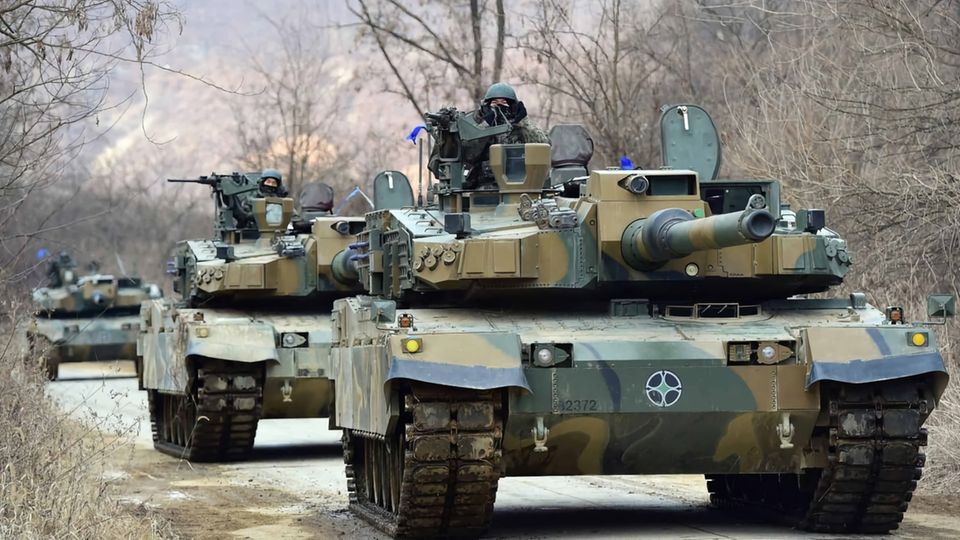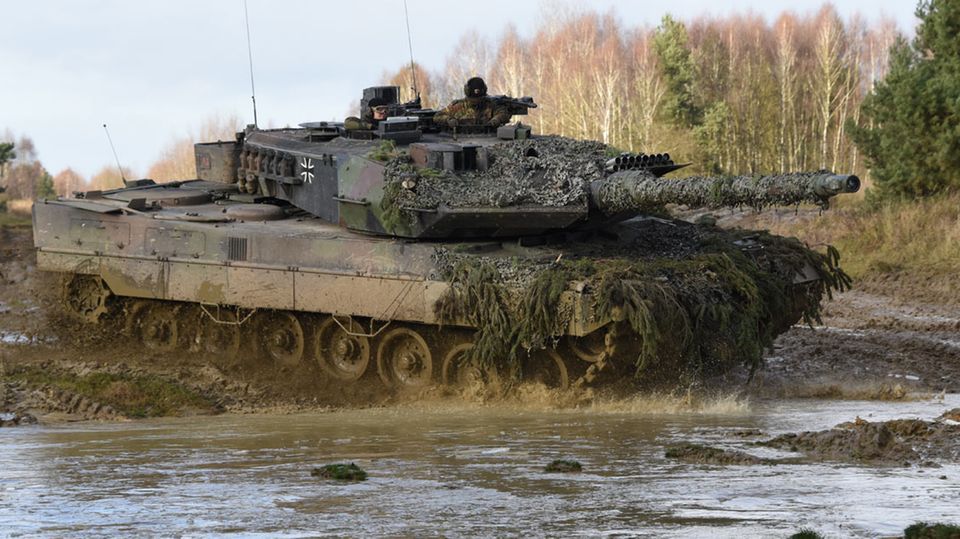analysis
MGCS tank
Smaller, lighter and deadlier – this is what the Leopard successor looks like
The MCGS is being developed as a heavy weapons platform that will carry various superstructures.
© PR
Tanks against tanks: The Main Ground Combat System is intended to one day stand up to Russia. A new design now shows many similarities between the European super tank and Putin’s T-14 Armata.
Recently things have become quieter around the MGCS, the Main Ground Combat System. The MGCS was supposed to be Europe’s answer to Putin’s T-14 Be Armata. But such a big achievement takes time – which is not evident from the Russian supertank, which is still suffering from massive teething problems almost ten years after its presentation. Nevertheless, work on the European tank of the future continues. A basic concept has now been presented at the “International Armored Vehicles 2024” trade fair. And after looking at the designs, you can almost say that the new Leopard will be the little brother of Putin’s T-14 Armata. British military exporter Nicholas Drummond revealed some key factors, ESUT and Defense Industry also reported. The presentation was given by Colonel Armin Dirks, operations manager of the MGCS joint project team.
The first point is a drastic weight reduction to 50 tons, a significant departure from previous tank construction in the West. The current versions of the Leopard, Abrams and Challenger all weigh more than 65 tons. They were born as heavyweights and each new generation added improvements that not only increased their combat value, but also increased their weight. The excess weight is currently evident in the excessive wear of the landing gear on the Leopard 2s that were delivered to Ukraine. In difficult terrain, the entire mobility suffers because of the tons. 50 tons corresponds to the target weight of the Soviet and Russian T models.
Sensational power-to-weight ratio
Even with improved armor, 50 tons can only be achieved with a significantly more compact design, so the tank will be smaller. It is powered by a hybrid electric drive with 1800 hp. Hybrid electric means that the rollers are driven by electric motors, but the electricity is generated by a combustion engine. 50 tons, 1800 hp and a corresponding electric torque should greatly improve the mobility of the tank. The engine itself is installed in the front to provide additional protection for the crew. So far only the Israeli Merkava tank uses a front engine. Although the Armata platform can install the engine at the front, in the T-14 the conventional diesel engine is placed at the rear. As with the Armata, the MGCS is intended to serve as a platform for various structures.
Tanks on a diet
The three-person crew is housed in a special protective capsule, while the tower is unmanned and completely sealed off from the hull. This solution also corresponds to the T-14 Armata. The caliber of the main weapon should increase to 130 to 140 millimeters so that it can also fire anti-tank guided missiles. In addition to reactive protective armor, the MGCS will have active protection measures against guided missiles and drones. Even if you can’t rely too much on the drawings at this early stage, the very flat silhouette is noticeable.
The most demanding goal is to stay below 50 tons. The main weapon becomes heavier with larger caliber. The war in Ukraine has shown that the ground and especially the top of a tank must be protected much better in the future. The T-14 also needs to be improved here.
Project of the future
There are also other modules, for example for drone defense, which also increase the weight. In any case, the MGCS remains a future project; regular production can only be expected to begin at the end of the 2030s. The demand now created by the Russian threat must be met by updates to existing main battle tanks, such as the A8 variant of the Leopard 2.
There are also developments such as the KF51 Panther, which are based on existing modules. The K3 concept presented by Hyundai Rotem in 2023 is an equivalent to the MGCS. It is possible that the Koreans will get the successor to their K2 Black Panther ready for use faster than the Europeans will get their MGCS. Also because Hyundai Rotem does not suffer from disputes between the countries involved, which burden the MGCS project.
Sources: Twitter, Defense Industry, Esut





